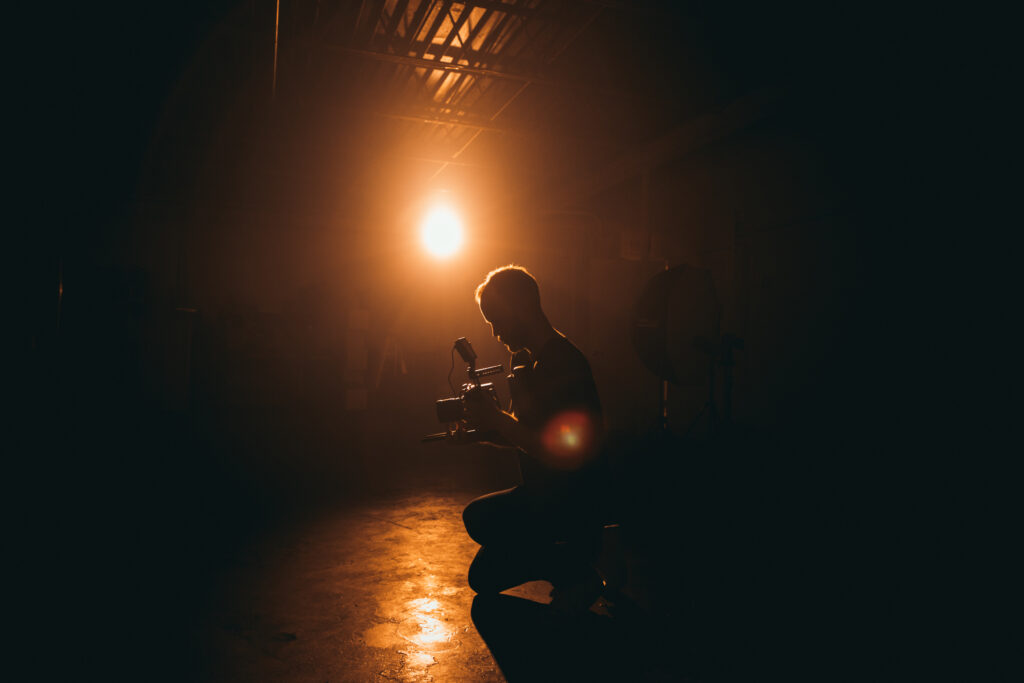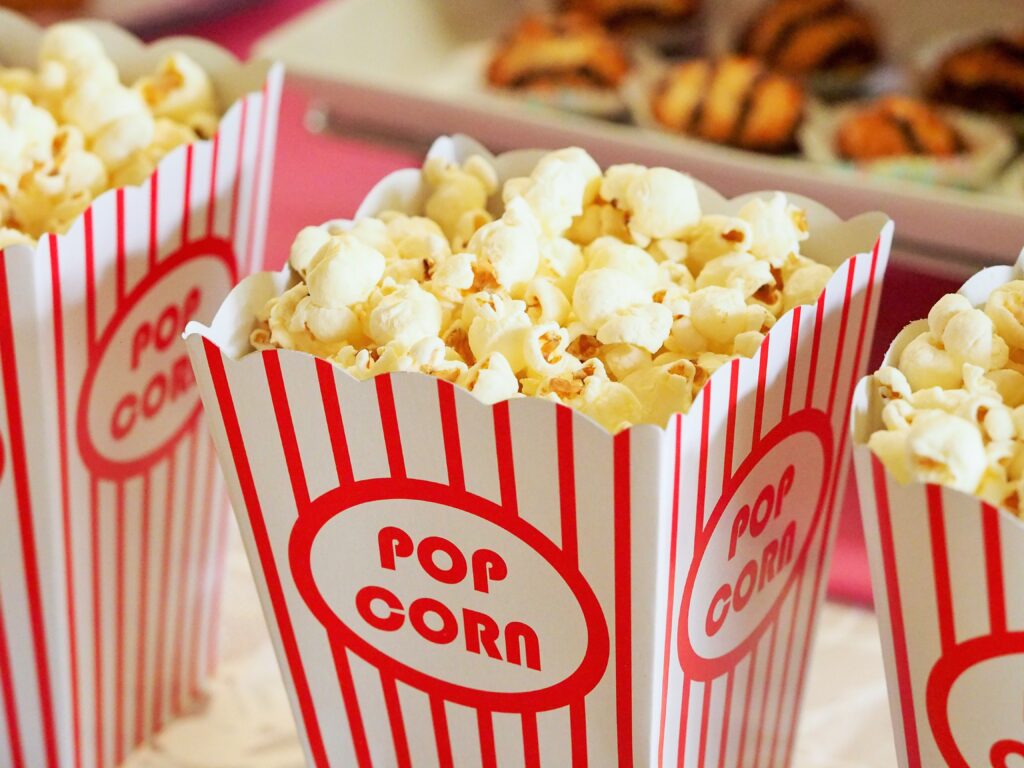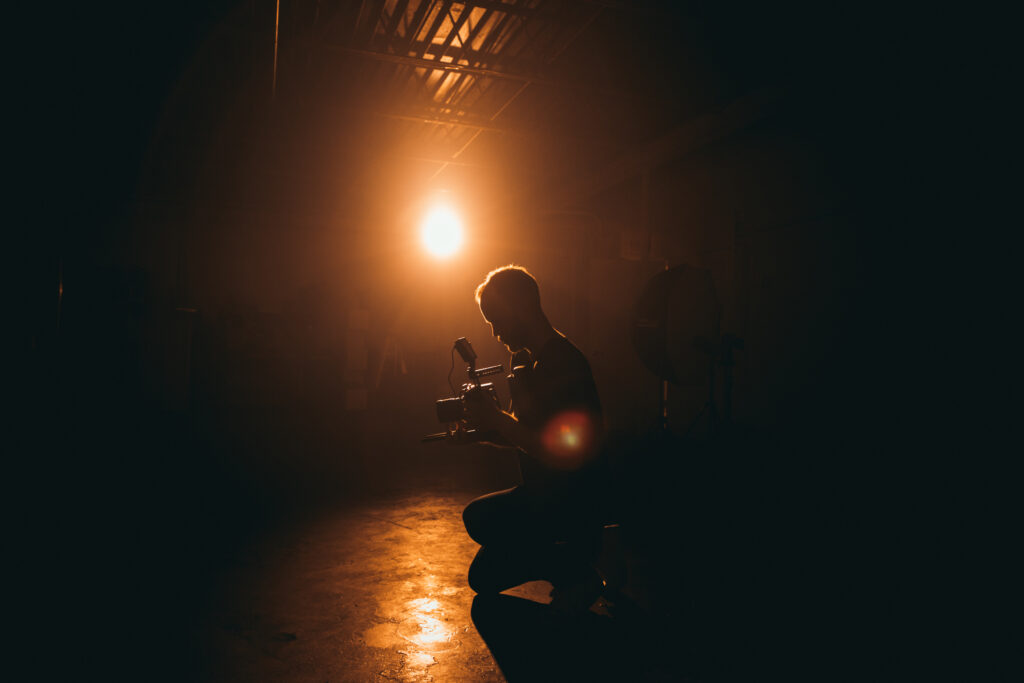Dissecting Alfred Hitchcock: A Witty Dive into the Art of Suspense in ‘Psycho
Get ready for a thrilling adventure as you uncover the secrets behind Alfred Hitchcock’s ‘Psycho.’ Imagine you’re a detective, piecing together clues about how this famous director built a world of mystery and suspense in his movie. Just like a rollercoaster ride – full of twists and turns – ‘Psycho’ keeps you guessing until the end. So, put on your detective hat, tie your shoelaces tight, and get ready to explore the master’s craft in “Dissecting Alfred Hitchcock: A Witty Dive into the Art of Suspense in ‘Psycho.”
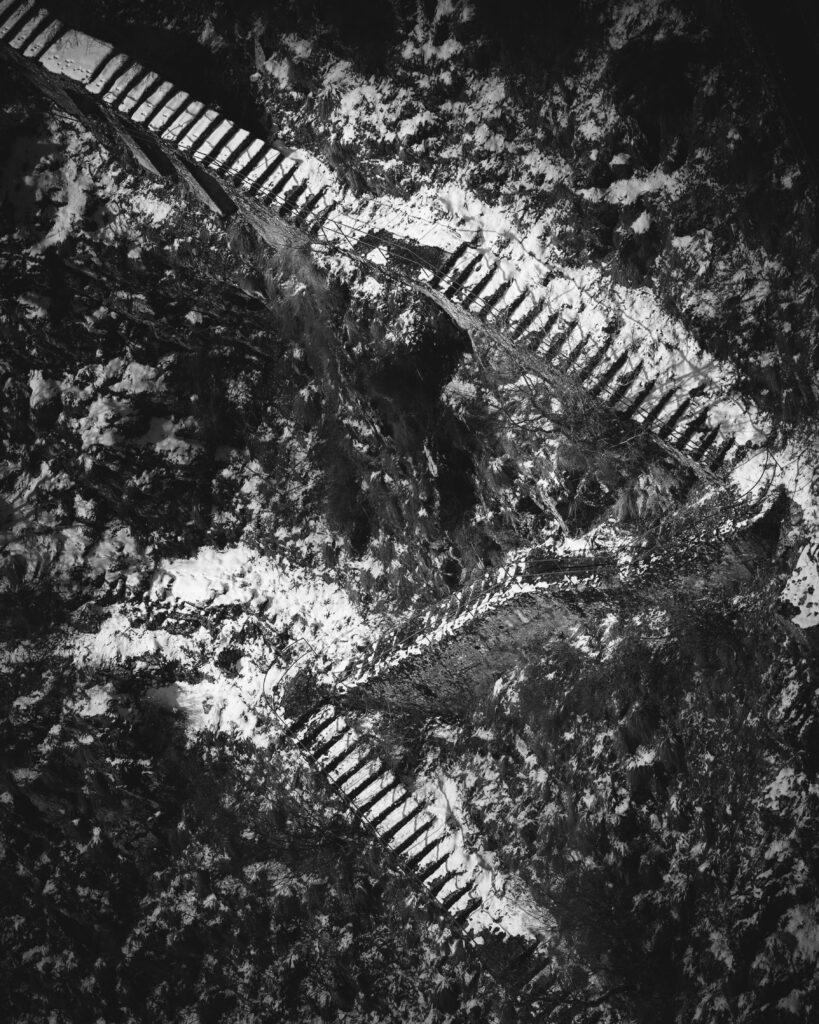
This image is property of images.unsplash.com.
The Maestro of Suspense: Alfred Hitchcock
One lovely day, a man named Alfred Hitchcock decided to create movies. Hitchcock was like a magician with his films. Like the way a magician may use a wand, he used his camera. He had unique ways to make movies that made us jump off our seats. Did you ever get scared at a movie? Well, Hitchcock was the one who perfected that.
Hitchcock’s Influence in Film Industry
Imagine a world where movies didn’t make you gasp, jump, or even scream. That’s how it was before Hitchcock. His special touch brought a new kind of thrill and suspense to films. In every movie, there was a twist, a surprise or a shock. He made the audience feel like they were part of the story, often catching them by surprise.
His Personal Style and Techniques
Like in a game of hide and seek, Hitchcock liked to hide things in his movies. He would keep the audience guessing, creating a sense of excitement and tension. Even more fun, Hitchcock often played a small role in his movies, like a hidden treasure for the viewers to find.
The ‘Psycho’ Phenomenon
Remember when you first heard a scary story and couldn’t sleep at night? That’s what ‘Psycho’ did to its audience. This movie, even with its black and white picture, had a big loud impact on everyone who saw it.
The Staggering Impact of ‘Psycho’
When ‘Psycho’ was released, it took people’s breath away. There wasn’t anything quite like it before. It was terrifying, thrilling, and mysterious all at the same time. It changed the way people thought about films.
Audience Reaction and Cultural Impact
Just imagine a theater filled with people screaming and gasping at the same time. That’s how people reacted when they watched ‘Psycho’! The movie was so influential that it became a cultural phenomenon. It set a new path for other scary movies to follow.
Setting the Stage: The Plot of ‘Psycho’
‘Psycho’ is about a woman named Marion and a man named Norman, who has a very spooky secret.
The Twisty, Turny Storyline
The movie starts off simple enough, with Marion running away with stolen money. But things start getting scary when she arrives at a lonely motel run by Norman. From there, the story gets twistier and scarier, just like going through a dark, haunted maze.
The Infamous Unresolved Ending
The best stories always end with a bang, right? ‘Psycho’ sure did. But it left us with more questions than answers. It was a spooky, puzzling ending and nobody will ever forget Norman’s creepy smile.
Breaking Down the Characters: Intricate Human Psyches
‘Psycho’ became famous not just for its scares but also for its interesting characters.
Analyzing Norman Bates
Norman Bates, the motel manager, is like a puzzle within a puzzle. On the outside, he seems like a shy, caring person. But inside, he’s hiding something dark that scares all who discover it.
Marion Crane: An Unlikely Heroine
Marion Crane starts as the one who commits a crime, by stealing money. But as the story unfolds, we start to care about her, even cheer for her. It’s like when you’re playing a game, and your favorite character is in trouble, you hope they’ll escape.
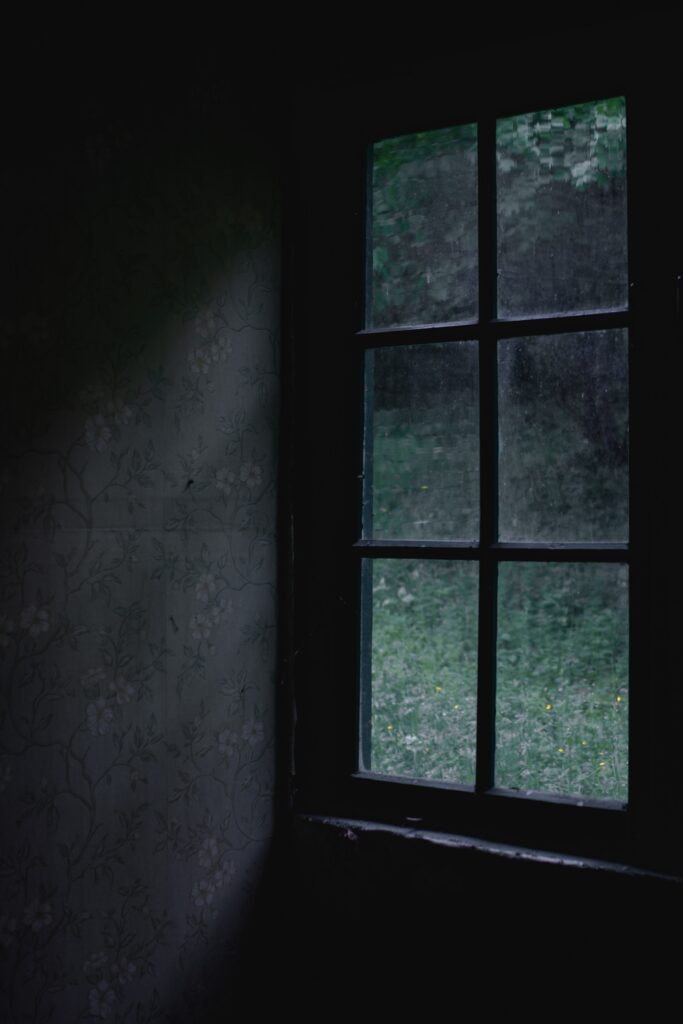
This image is property of images.unsplash.com.
The Techniques: Creating The Art of Suspense in ‘Psycho’
Hitchcock used many tricks to fill ‘Psycho’ with suspense.
Use of Camera Tricks
You know how a magician uses tricks to make a rabbit disappear? Hitchcock had his tricks too. He used certain camera angles and shots to either hide or reveal things. It added suspense and kept the audience at the edge of their seats.
Hitchcock’s Brilliant Use of Sound and Silence
Hitchcock showed us that sometimes, no sound at all can be scarier than any sound. He used silence to create tension. When a sound did come, like the loud screech in the shower scene, it made us jump in surprise.
Bathed in Fear: Dissecting the Infamous Shower Scene
A mention of ‘Psycho’ always brings up thoughts of its infamous shower scene.
The Importance of the Shower Scene to Film History
The shower scene in ‘Psycho’ can be compared to a loud thunderclap in the middle of a suspenseful story. It shocked everyone. The scene is one of the most famous in film history, so famous that it has its own story and legacy.
The Art Behind the Horror
You might wonder how just one scene could be so scary. It wasn’t any magic, but Hitchcock’s careful planning. The way he filmed and edited the scene—it only lasted a couple minutes—created a long-lasting scare.
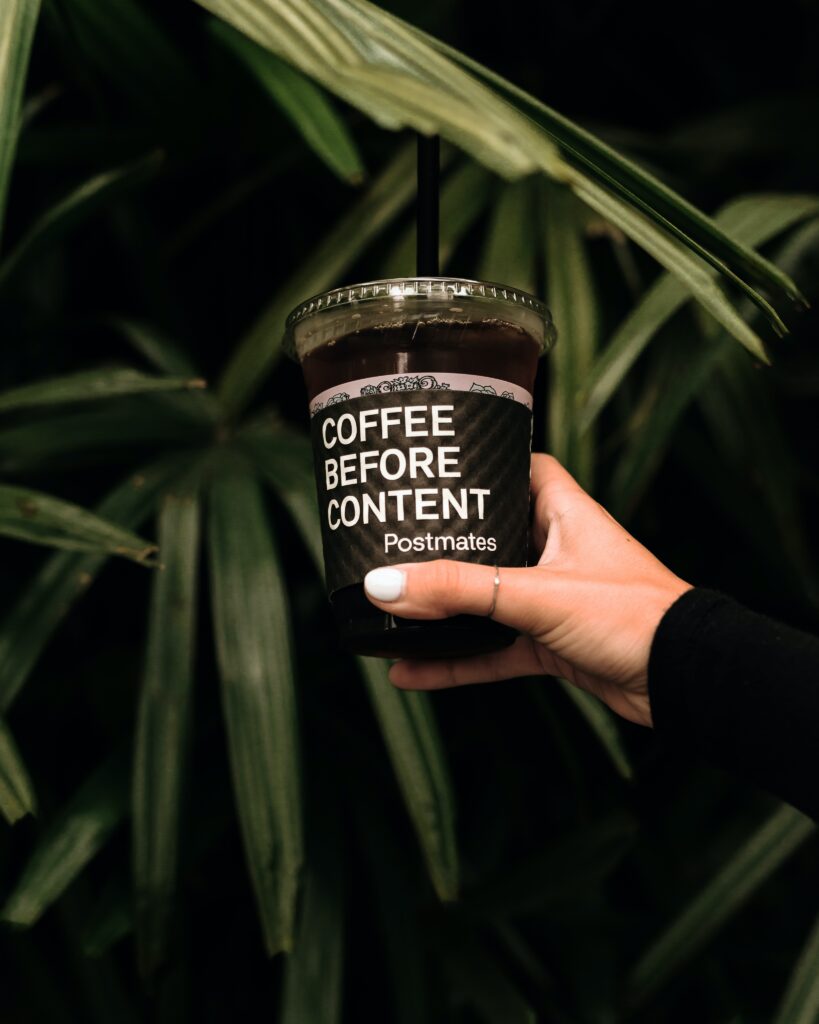
This image is property of images.unsplash.com.
The Power of Illusion: Exploring Themes in ‘Psycho’
‘Psycho’ was more than just a scary movie; it made the audience think and feel.
The Complexity of the ‘Double’
The idea of a ‘double’ in ‘Psycho’ is like seeing your reflection behaving differently than you are. It shows how a person can have two very different sides, adding to the mystery of the film.
Exploring Paranoia and Madness
‘Psycho’ also made us question sanity, by showing how fear and guilt can drive a person mad. It’s like when you tell a scary story and suddenly every sound in the dark seems frightening.
Relevance of ‘Psycho’ in Today’s World
Despite being an old movie, ‘Psycho’ is still beloved and watched by many today.
The Timeless Appeal of ‘Psycho’
It’s exciting to watch a good game, no matter how old it is. ‘Psycho’ is the same. It still thrills people because of its unique plot, interesting characters, and chilling suspense.
‘Psycho’ in Popular Culture
‘Psycho’ is so famous that we often see its influences in today’s movies and television. Its scary music or iconic shower scene might be referenced, keeping ‘Psycho’ alive in our minds.
The Legacy of Hitchcock’s ‘Psycho’
Hitchcock’s ‘Psycho’ was like the first loud bang of a firework that led to many more.
Ongoing Impact on the Film Industry
‘Psycho’ was the pioneer of many techniques and themes that we see in today’s films, especially in thrillers and horrors. It continues to be a big inspiration to many filmmakers.
Birth of the Slasher Genre
Before ‘Psycho’, there were no movies that perfectly mixed suspense with fear. It can be said that ‘Psycho’ was the start of what we now know as the slasher genre, spurring a countless number of thrilling horror films.
The Halloween Junkie Take
Have you ever wondered what it’s like to watch a real scary movie? To feel your heart race and your palms sweat? The ‘Psycho’ experience is exactly like a wild ride in an amusement park that you cannot forget.
Personal Reflections on ‘Psycho’
Being a Halloween junkie, there’s nothing quite like ‘Psycho’ to bring thrill-seekers a generous dose of horror and suspense. The unrelenting tension combined with Hitchcock’s brilliant use of suspense is like dipping apple slices into a chocolate fountain—a match made in heaven.
Why Hitchcock’s ‘Psycho’ Is a Must-Watch for Any Film Enthusiast
As a Halloween enthusiast, ‘Psycho’ is a gift that keeps on giving. And why not? It has thrills, chills, and spills that will leave you wanting more. So if you are a fan of scary stories, you should definitely watch ‘Psycho’. It’s like inviting the best storyteller to your Halloween party!
Dissecting Alfred Hitchcock: A Witty Dive into the Art of Suspense in ‘Psycho Read More »


